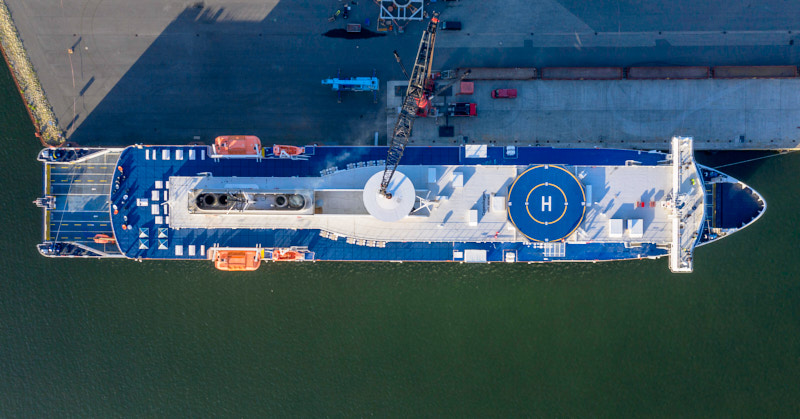Works on Scandlines’ biggest competitor can start.
The longest combined road and rail tunnel in the world, with two double-lane motorways and two electrified rail tracks, will link Germany and Denmark under the Fehmarn Belt.
The 18km long tunnel is due for 2029.
At the end of September, the Scandlines Group’s lawsuit was heard before the Federal Administrative Court in Leipzig. On 3 November the court confirmed the planning approval decision as legal.
Scandlines said it is particularly pleased that the court has taken the safety of the ships into account and that the barges used to bring excavated material to Denmark have to give way to the Scandlines ferries in order not to disturb the operations.
Scandlines is not pleased with the planned road works, which will downgrade the current connection. This gives a competitive advantage to the tunnel. “It cannot be that Femern A/S can design worse access to our ferry terminal, ”says Søren Poulsgaard Jensen. Further steps will be taken.















